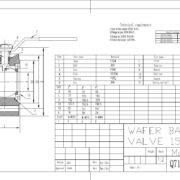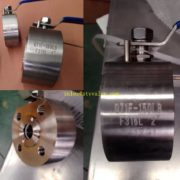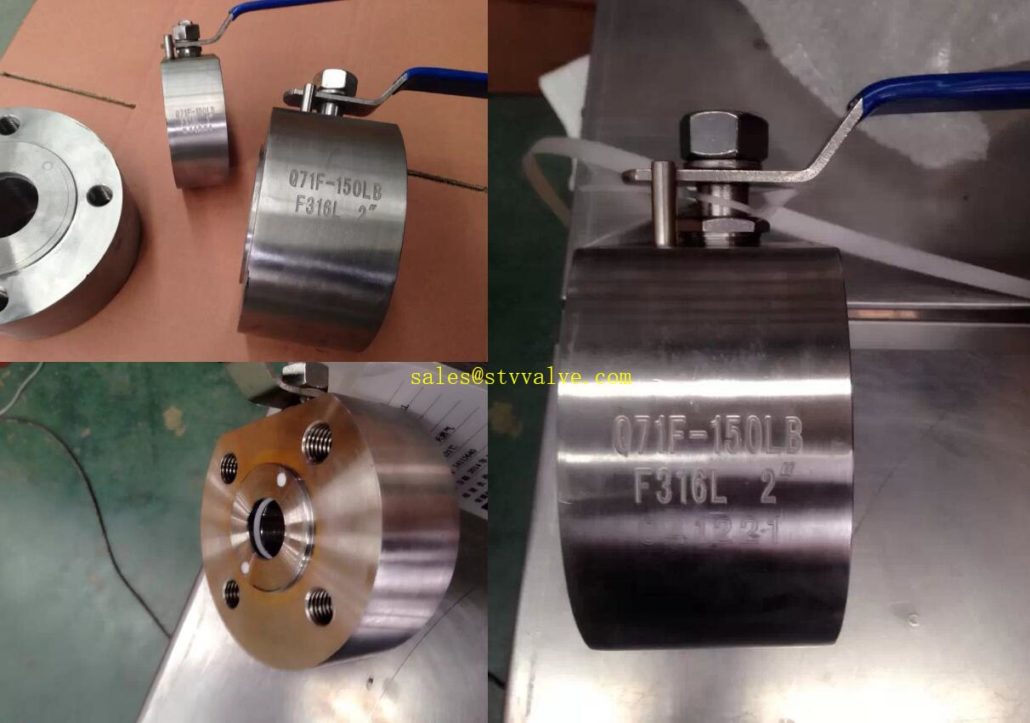“5 Key Things You Didn’t Know About Wafer Ball Valves – Explained!”
“5 Key Things You Didn’t Know About Wafer Ball Valves – Explained!”

Wafer ball valve is a common industrial valve consisting of a spherical valve core and a valve body. It can control the flow of fluid by rotating the valve core. When the valve core rotates 90 degrees, the channel on the sphere aligns with the channel on the valve body, allowing fluid to pass through; After rotating 90 degrees, the channels are misaligned and the fluid cannot pass through
1.The valve plates of clamp ball valves and flange gate valves are installed in the diameter direction of the pipeline. In the cylindrical passage of the valve body, the disc-shaped valve plate rotates around the axis at an angle between 0 ° and 90 °. When it rotates to 90 °, the valve is fully open. This valve is generally installed horizontally.
2.When the ball valve is in the fully open position, the thickness of the valve plate is the resistance of the medium flowing through the valve body, so the pressure drop generated by this valve is very small, thus it has good flow control characteristics. There are two types of sealing for tower valves: elastic sealing and metal sealing. Elastic sealing valve, the sealing ring can be embedded on the valve body or attached around the valve plate.
3.Valves with metal seals generally have a longer lifespan than those with elastic seals, but it is difficult to achieve complete sealing. Metal seals can adapt to higher operating temperatures, while elastic seals have the drawback of being limited by temperature.
4.If a ball valve is required for flow control, the main thing is to choose the correct size and type of valve. The structural principle of ball valves is particularly suitable for making large-diameter valves. Ball valves are not only widely used in general industries such as petroleum, gas, chemical, and water treatment, but also in the cooling water system of thermal power plants.
5.There are two commonly used types of ball valves: clamp ball valves and flange ball valves. Clamp on ball valves are connected between two pipeline flanges using double headed bolts. Flange ball valves have flanges on the valve and are connected to the pipeline flanges at both ends using bolts.





